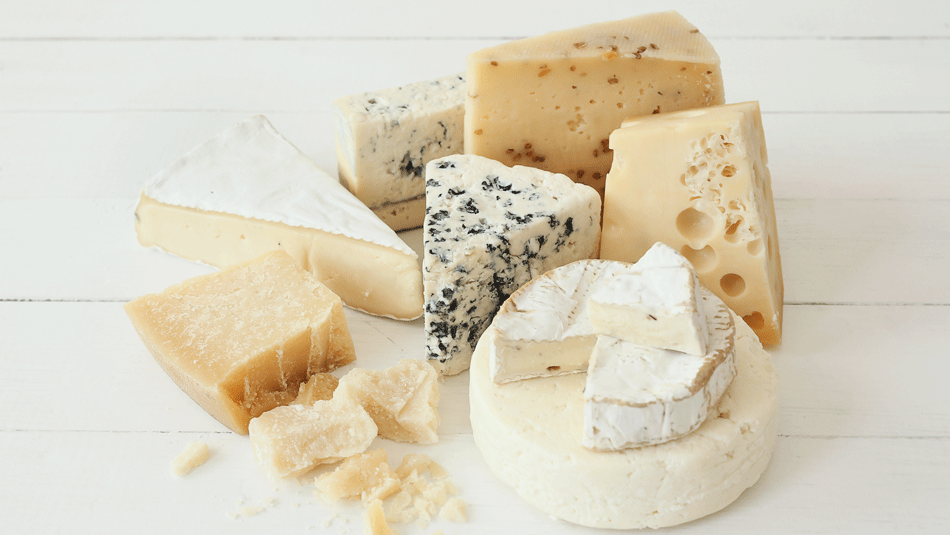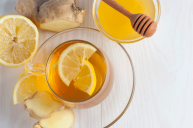The bad news is that it seems the only things not on the list of foods that trigger migraines are spinach and broccoli. The good news is that you should probably be eating more spinach and broccoli anyway. In all seriousness, migraines impact a lot of people across the country — over 36 million, according to the American Migraine Foundation — and everyone has different triggers for brings on the crushing headaches. Certain foods do trigger headaches, and there are common foods and food additives that seem to cause migraines in many people.
Videos by Wide Open Country
Here are the common triggers for head pain and how to identify which of them might be causing your migraine headaches.
1. Additives
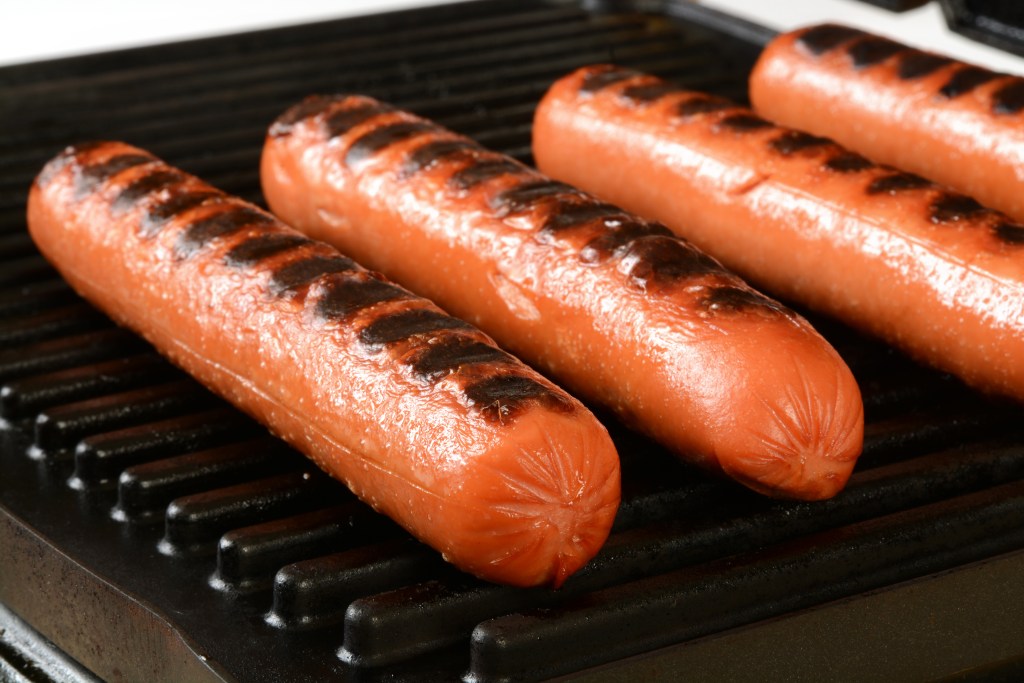
Nitrates and nitrites (two different chemicals) are both used as preservatives, frequently in cured or processed meats like hot dogs, deli meat, and bacon. When they get into your system, these chemicals cause your blood vessels to swell, which can be a headache trigger.
MSG, or monosodium glutamate, is another additive that is frequently blamed for headaches. While the science doesn't seem to support MSG being a frequent, widespread cause of headaches, some people are sensitive to glutamate. When these people eat something that contains MSG, it starts off a chemical chain of events that results in swelling blood vessels, which can trigger a headache.
Aspertame, an artificial sweetener, is another chemical additive that may cause migraines.
2. Aged Cheese
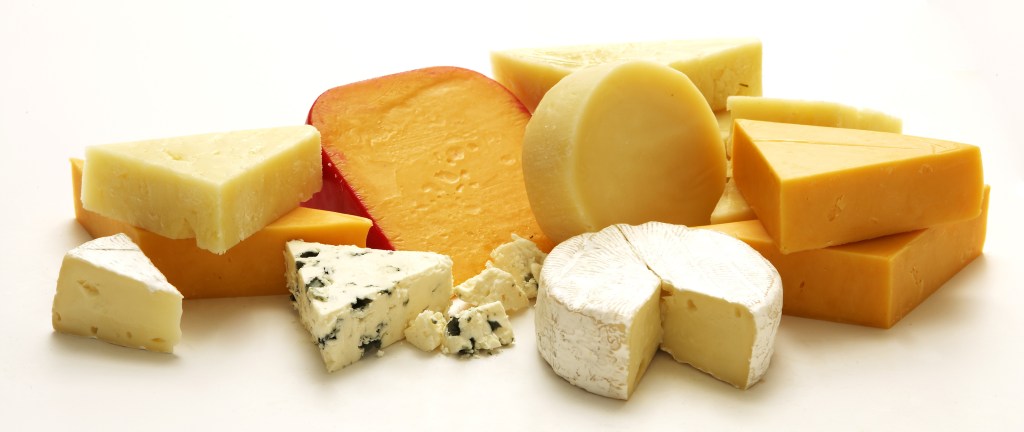
Tyramine is a naturally occurring substance found in foods that have been aged or fermented; it's formed as proteins in the food break down during the process of aging. Cheese makes up a big part of this list of foods, including blue cheese, brie, cheddar, feta, and Parmesan. Tyramine is also found in cured meats, beer, smoked fish, soy sauce, and dairy products like yogurt and sour cream, as well as some fruits, vegetables and nuts, including avocados, peanuts, brazil nuts, eggplants, and raspberries.
Basically, a lot of migraine trigger foods contain tyramine. Since it's not an added substance, the only thing migraine sufferers can do is know which foods with tyramine trigger their headaches and avoid them.
3. Beverages
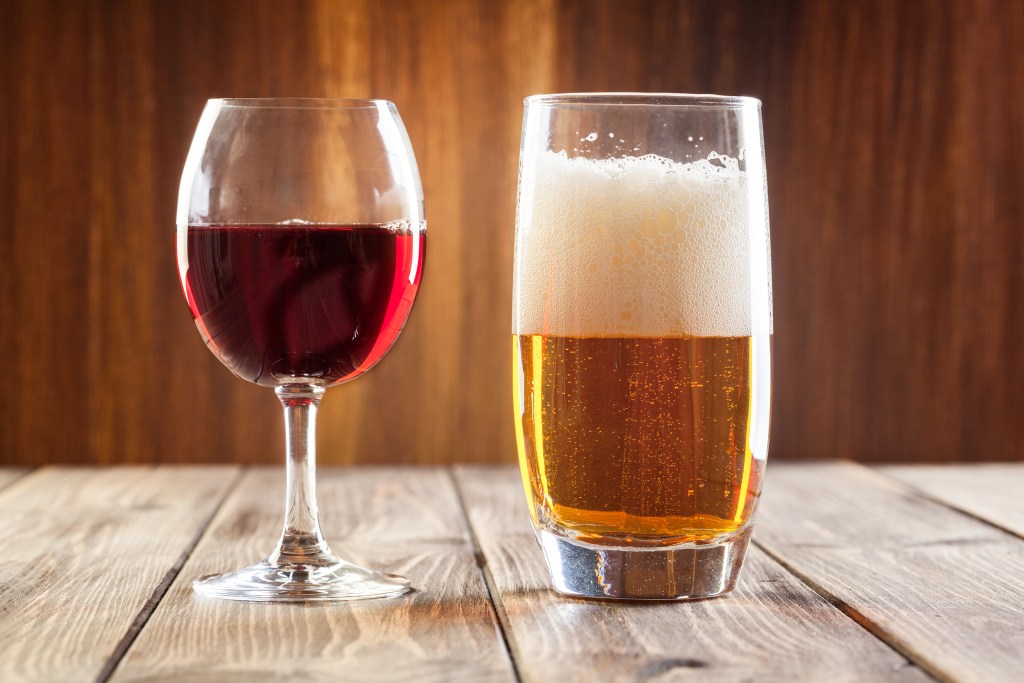
Red wine is infamous for causing headaches, but beer and other alcoholic beverages can also trigger pain. There are multiple triggers from alcohol: Beer has tyramine, many wines have sulfites, and, of course, alcohol is a cause of dehydration.
4. Caffeine

Caffeine can both cause and help a migraine; it depends on how much of it is in your system. Small amounts of caffeine (about what's in a 10 ounce cup of coffee) can help relieve a headache, which is why some medications like Excedrin include caffeine as an ingredient. However, too much caffeine or caffeine withdrawal can cause headaches.
5. Other Foods
A list of potential trigger foods on the Cleveland Clinic's website may have you wondering if there's anything left to eat. (See? Spinach and broccoli.) Here are a few foods we haven't already covered:
- Pizza or other tomato-based products
- Potato chip products
- Sourdough bread, fresh baked yeast goods
- Brewer's yeast found in natural supplements
- Most beans including lima, Italian, pole, broad, fava, navy, pinto, snow peas, garbanzo, lentils, and dried beans, and peas
- Onions
- Certain fresh fruits, including ripe bananas, citrus fruits, papaya, red plums, raspberries, kiwi, and pineapple
- Dried fruits (figs, raisins, dates)
- Soups made from meat extracts or bouillon (not homemade broth)
How to Know Which Foods Trigger Your Migraines
All these potential triggers may seem overwhelming and you may not be sure how to figure out exactly which of them are the cause of your migraines. The process takes some time, but it can be done.
First things first: If you don't already have good, consistent eating habits, establish them. That means you should drink enough water and eat smaller and more frequent meals so that you don't trigger a headache by being hungry.
Then cut out foods with additives and preservatives. While eating these kinds of foods in moderation is okay for most people, if they cause serious pain for you, they're not worth it.
Keep a food and headache diary. Tracking everything you eat or drink and how you feel after consuming those things is an important step to figuring out what your individual triggers are. This step takes time, but it's the best way to definitely connect triggers with results. It's also good to note other potential headaches triggers like stress and lack of sleep. Sometimes a food trigger won't cause a headache on its own, but combine it with another trigger and it pushes the reaction in your body over a tipping point.
Cutting out a potential trigger food is how you learn for certain if it causes your headaches, but go slow with this step. If you cut out several things at once, you may not know which of them was the real culprit.
There are some foods that may help with your migraines, too, so try those and track how they help or don't in your food diary.
Many people don't ever have their migraines diagnosed, so if you have migraine symptoms, it's time to get some medical advice. Your doctor can help you determine the foods that trigger migraines for you and work with you to develop the right plan of action.
